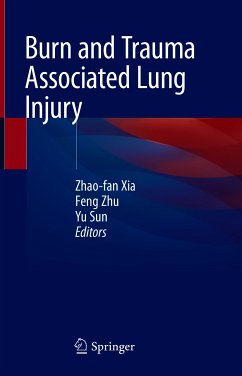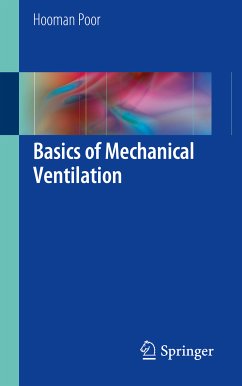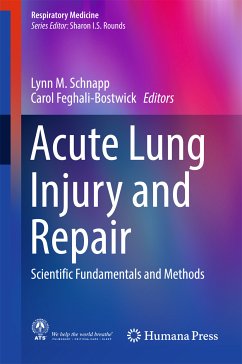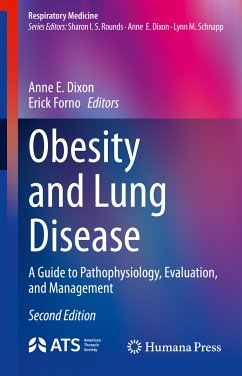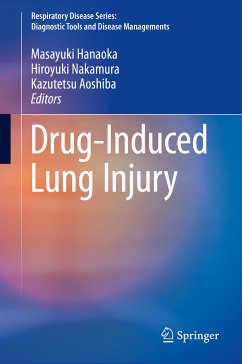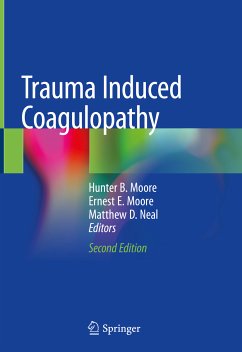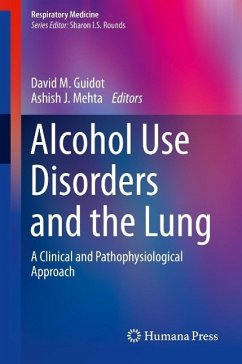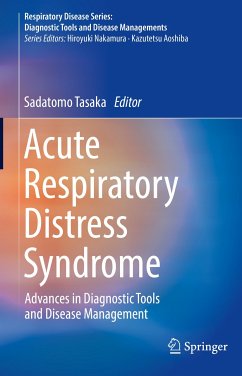
Applied Physiology to Reduce Ventilator Induced Lung Injury (eBook, PDF)
Clinical Applications for the Acutely Injured Lung
Versandkostenfrei!
Sofort per Download lieferbar
80,95 €
inkl. MwSt.
Weitere Ausgaben:

PAYBACK Punkte
40 °P sammeln!
This book details the mechanisms of ventilator induced lung injury (VILI) at the alveolar level with the aim to identify optimal ventilation methods necessary to preserve lung function. Mortality associated with the acute respiratory distress syndrome (ARDS), including that caused by COVID-19, remains unacceptably high. The primary treatment is supportive in the form of protective mechanical ventilation, but set improperly this can cause an unintended secondary VILI significantly increasing mortality. To improve ventilation strategies needed to reduce VILI the alteration in alveolar mechanics ...
This book details the mechanisms of ventilator induced lung injury (VILI) at the alveolar level with the aim to identify optimal ventilation methods necessary to preserve lung function. Mortality associated with the acute respiratory distress syndrome (ARDS), including that caused by COVID-19, remains unacceptably high. The primary treatment is supportive in the form of protective mechanical ventilation, but set improperly this can cause an unintended secondary VILI significantly increasing mortality. To improve ventilation strategies needed to reduce VILI the alteration in alveolar mechanics caused by ARDS must be understood. The protective ventilation strategy must attempt to normalize alveolar mechanics, which would significantly reduce the mechanical damage subjected to lung tissue during mechanical ventilation. Written by leading experts with numerous diagrams, figures, and videos, this book takes the latest research in the field and translates it to clinical practice. Authors discuss the ARDS-induced alteration in alveolar mechanics that make it so susceptible to VILI and novel ventilation strategies necessary to normalize alveolar mechanics and reduce ARDS related morbidity and mortality. Chapters cover normal lung (alveolar mechanics and micro anatomy), how these are altered during acute lung injury, and the optimal Mechanical Breath Profile (MBp) necessary to stabilize and open the lung to reduce both VILI and acute lung injury-induced morbidity and mortality. This is an ideal guide for pulmonologists, critical care specialists, surgeons, and all medical professionals working with patients on ventilation.
Dieser Download kann aus rechtlichen Gründen nur mit Rechnungsadresse in A, B, BG, CY, CZ, D, DK, EW, E, FIN, F, GR, HR, H, IRL, I, LT, L, LR, M, NL, PL, P, R, S, SLO, SK ausgeliefert werden.




